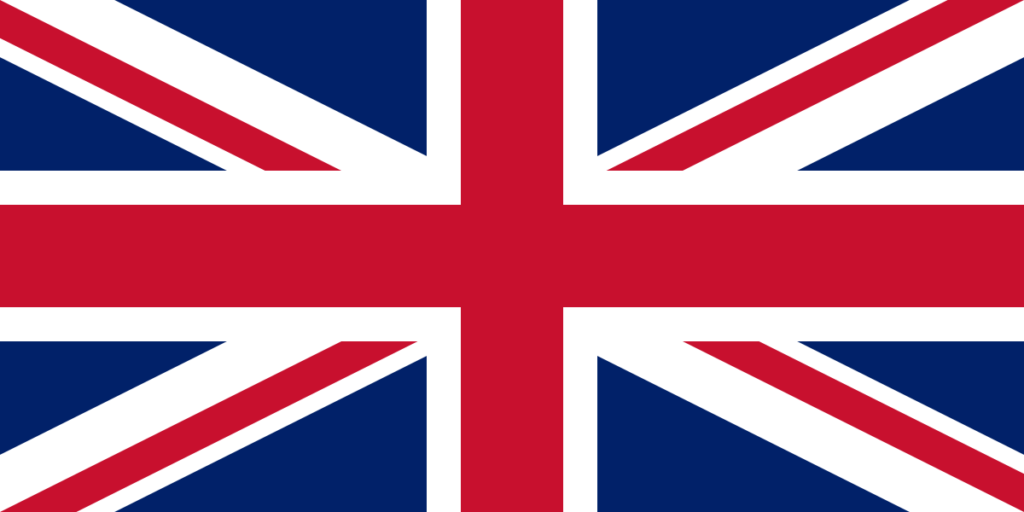Passing under the round City Tower, the former main medieval town entrance that gave access to the coast, you enter the centre of Rijeka’s Old Town.
Located in the modern-day Ivan Kobler Square, there was once a more compact municipal centre called Placa, which served the significantly smaller fortified medieval town. The most knowledgeable historical interpretations of Rijeka Town present it as vertically elongated, framed to the north and south by the City Tower and the Town Hall, and to the east and west by chains of houses.
The northern part of Rijeka was dominated by the Lord’s castle, the eastern part featured the main commoners’ church with a cemetery, to the west there was a spacious cloistered enclosure, and here, in the south quarter, near the embankment and the beach market under the town walls, there was the vibrant heart of the Town. There, the citizens of Rijeka would meet to listen to the proclamations of the Town Crier, seal contracts and buy and sell on the open market or in stores situated in the ground floors of houses. Only traces of those houses remain now, with several old walls integrated into more modern buildings, a baroque lintel with the former owner’s coat of arms and an arched underground corn house. In the near past was the former town “Green market” where fruit and vegetables were sold.
A narrow passage dividing the chain of houses on the east side of the Ivan Kobler Square is a remnant of a typically-proportioned medieval street. Bat Street was given its official name at the beginning of the 20th century because in the 2nd half of the 19th century, it was the headquarters of a local political party whose symbol was that small, flying mammal. The party’s headquarters was marked by three stone reliefs of bats. One of them is still preserved today on the façade of a house in the remaining western end of this small street while the other is stored in the Rijeka City Museum.
The oldest known of Rijeka’s municipal palaces is also preserved at the northern end of Ivan Kobler Square. Rijeka’s naturalised architect Antonio Verneda redesigned the palace in the baroque style of the late 18th century. Under the prevailing baroque forms, the remains of the medieval edifice are clearly visible. Like the many other important buildings of medieval Rijeka, the palace is situated at the intersection of two former main streets (Dekuman and Kardo), which follow the earlier urban street layout of antiquity. Council meetings were held in that building right up until 1838. After that, the Town administration transferred to facilities in the Augustinian monastery situated in the western part of Rijeka’s Old Town.
On the occasion of the 150th anniversary of Rijeka’s Paper Factory, the oldest in this part of Europe, a fountain was built in 1974 at Ivan Kobler Square based upon a design by Rijeka architect Igor Emili using paper press equipment (tijesak) made in the factory.

